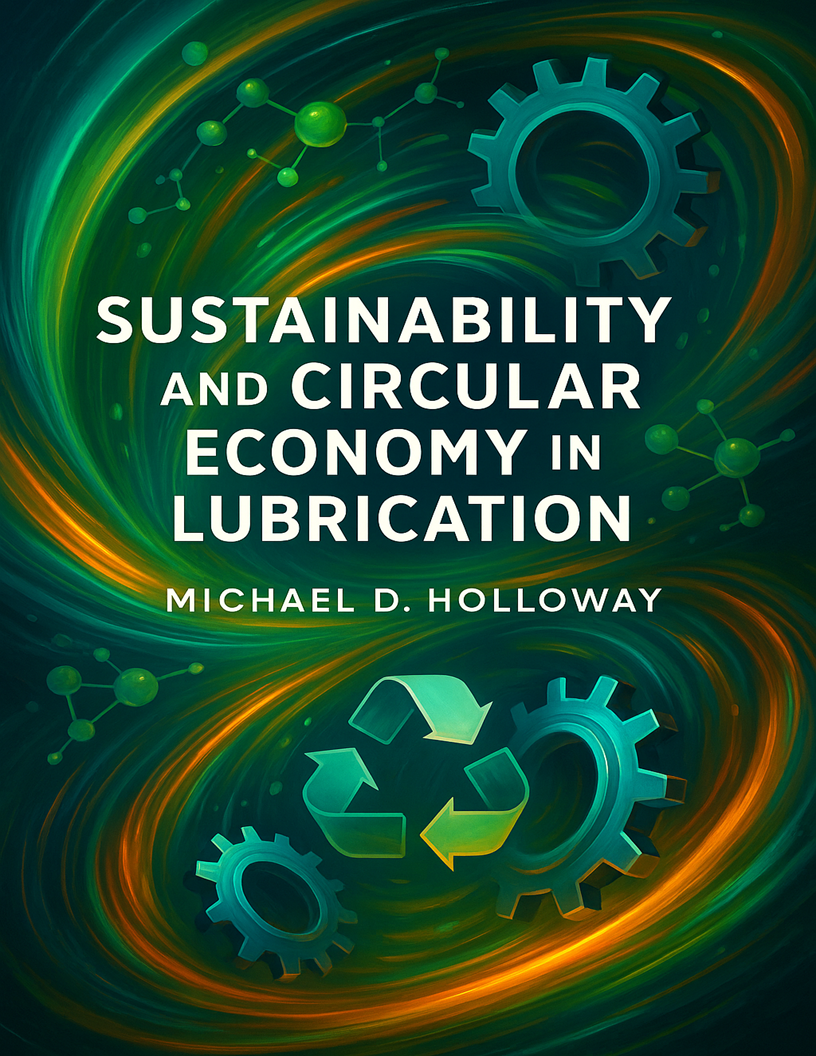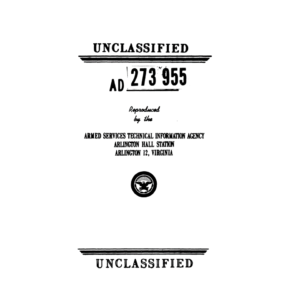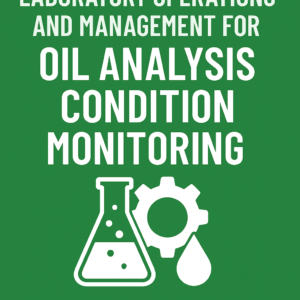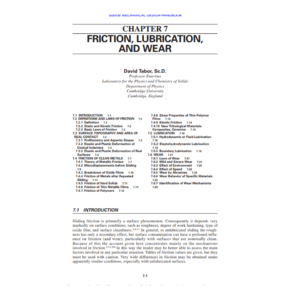Soft cover, perfect binding, Sustainability and Circular Economy in Lubrication provides a comprehensive examination of how the lubrication industry can transition from traditional linear models to sustainable, circular systems. Written by Michael D. Holloway, this work bridges environmental science, industrial engineering, and systems thinking to propose actionable solutions for reducing the ecological footprint of lubricants across their lifecycle from raw material extraction and production to use, recovery, and reuse. The book explores the environmental impacts of conventional lubricant production, including emissions, resource depletion, and pollution, while advocating for the adoption of bio-based, biodegradable, and re-refined alternatives.
Central to the book is the integration of circular economy principles: designing for longevity, enabling material recovery, and fostering cross-sector collaboration. Holloway outlines practical pathways for implementing sustainable lubrication practices through real-world case studies, emerging technologies, and policy frameworks. Topics include cradle-to-grave lifecycle analysis, lubricant waste management, design for recyclability, and waste-to-energy strategies. Innovations such as digital monitoring systems, advanced re-refining methods, and biodegradable formulations are discussed alongside regulatory and market drivers that shape adoption.
The book also delves into challenges such as infrastructure limitations, performance validation, supply chain readiness, and user perception—offering strategies to overcome them through industry standards, public education, and procurement incentives. By combining technical depth with strategic insight, this work equips engineers, environmental managers, formulators, and policymakers with the knowledge to align lubricant design and deployment with sustainability goals.
Ultimately, Sustainability and Circular Economy in Lubrication serves as both a technical reference and a visionary roadmap. It calls for a fundamental shift in how lubricants are formulated, used, and recovered advancing not only environmental responsibility, but also operational resilience and long-term value in industrial systems.
Delivery will require additional shipping costs and for addresses outside of the United States, international shipping costs vary based on destination, weight, and carrier service levels. Customers are responsible for any applicable customs duties or import taxes. Please note that international delivery may take 2 to 3 weeks, depending on local processing times and regional postal efficiency. Tracking information will be provided when available.
When making a purchase, select the US delivery or International in the resource section.




